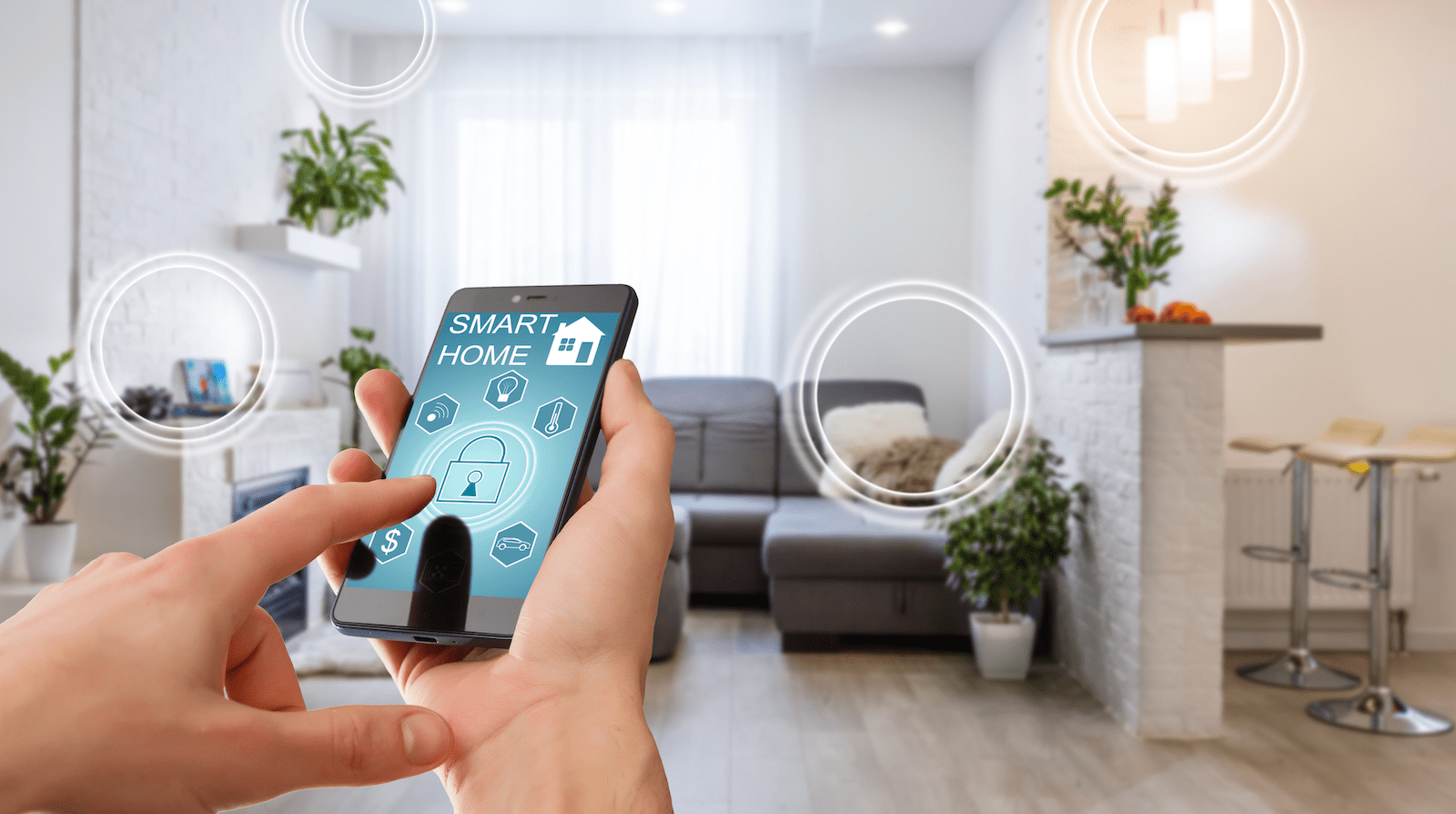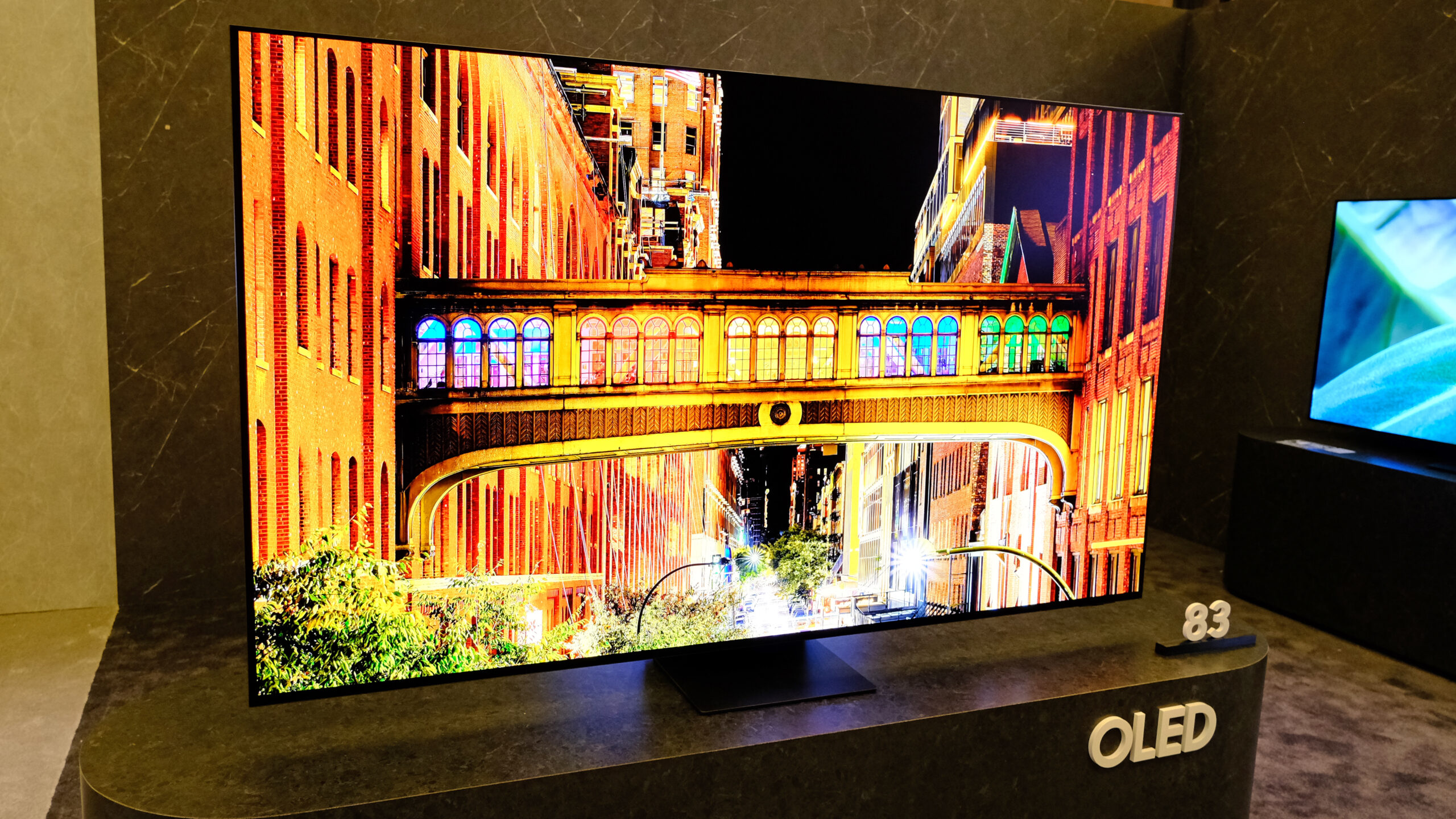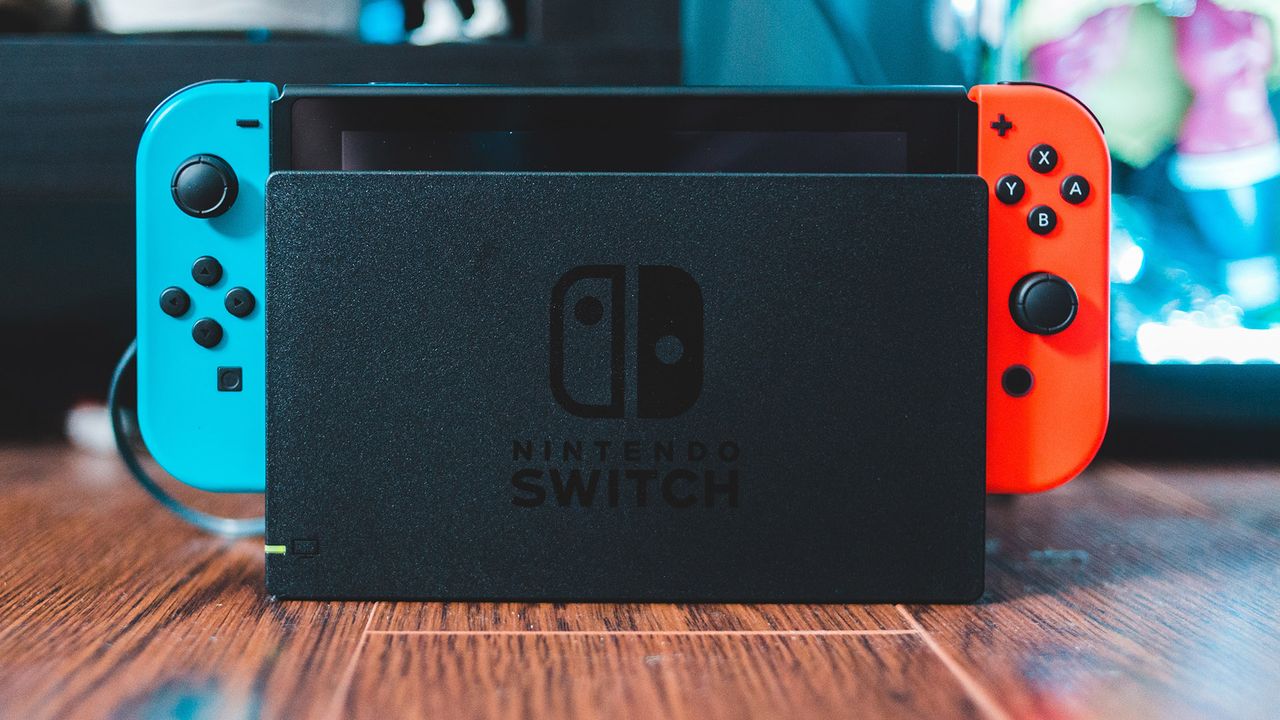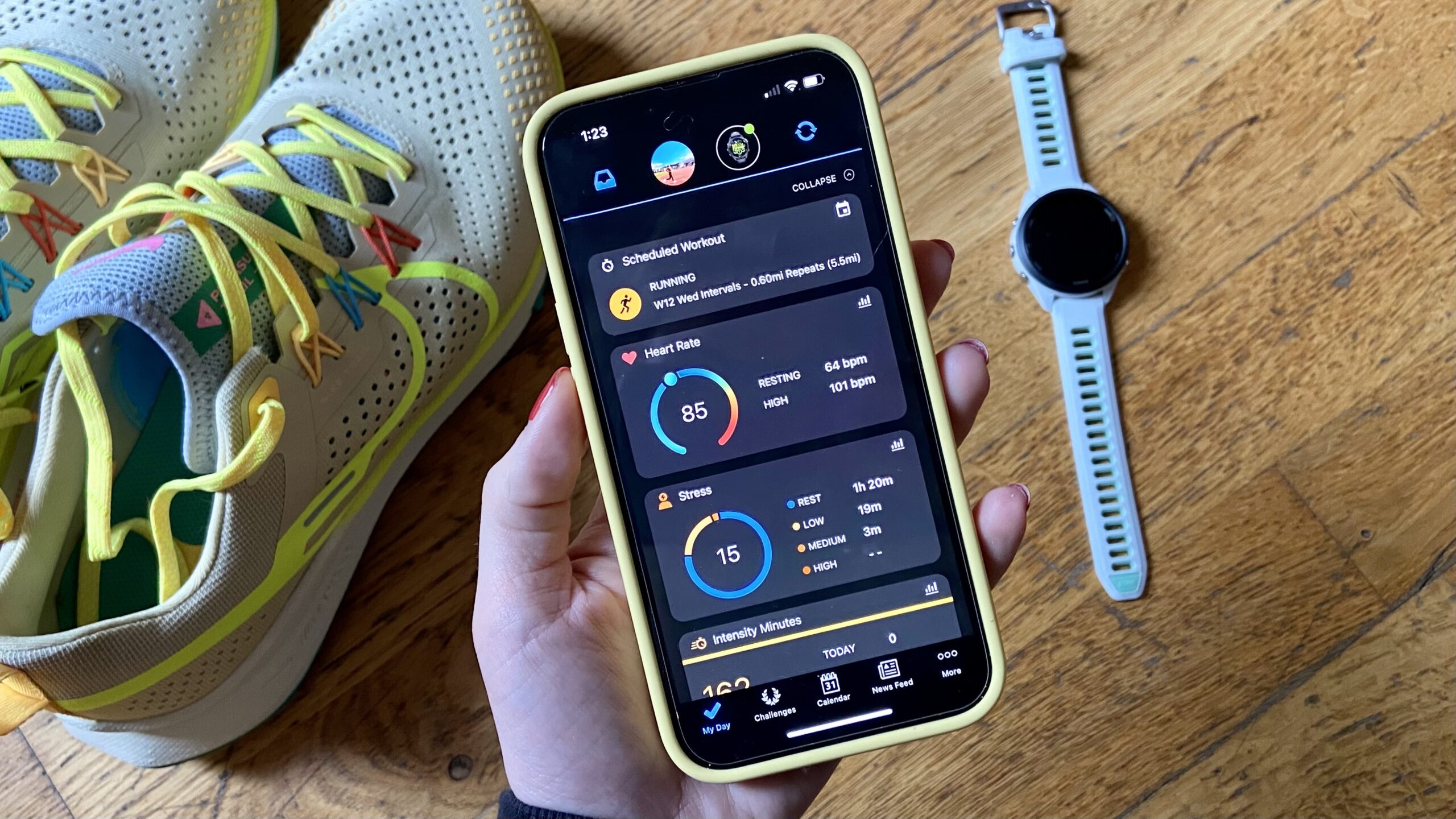Transforming your house into a smart home can make your life more convenient, efficient, and possibly more enjoyable. But with the variety of gadgets and systems available, how do you create a smart home that’s truly intuitive and seamlessly integrated into your daily life?
Designing Your Intuitive Smart Home
If you aren’t careful, adding a bunch of smart devices to your house can actually stress you out more than anything else. Between connectivity issues and difficulties with one device communicating with another, you can quickly become frustrated with the entire setup. That’s why we suggest designing your smart home with a strategy for making it as intuitive as possible.
Here are a few suggestions:
- Start with a Central Hub. The heart of any smart home is its central hub, which connects various devices and allows them to work together. Choosing the right hub is crucial as it will dictate which devices are compatible and how well they can communicate with each other. Popular hubs include Amazon Echo, Google Home, and Apple HomeKit. Each offers varying levels of control, compatibility, and automation, so select one that aligns with your tech preferences and the smart devices you intend to use.
- Invest in Smart Lighting. Smart lighting is one of the simplest ways to add convenience and ambiance to your home. Systems like Philips Hueor LIFX not only allow you to control lighting remotely or via voice commands but also enable you to adjust the brightness and color based on your mood or the time of day. For an even more intuitive setup, you can program your lights to mimic natural daylight patterns, or set them to automatically turn on or off when you enter or leave a room.
- Automate Your Climate Control. An intuitive smart home should be able to maintain the perfect temperature without constant manual adjustments. Smart thermostatslike the Nest or Ecobee make this easy by learning your schedule and temperature preferences and then optimizing heating and cooling year-round. These devices can adjust the temperature based on the weather outside, the number of people in the home, or even the time of day, ensuring maximum comfort while saving energy. (It’s really kind of amazing when you think about it.)
- Enhance Home Security. Integrating smart security devices can make your home safer and give you peace of mind. Start with smart locks, such as August or Schlage, which allow you to lock and unlock doors remotely and monitor who is entering your home. Add security cameras, motion sensors, and smart alarms to further enhance protection. For a really intuitive experience, look for systems that send real-time alerts to your phone and allow you to check on your home from anywhere.
- Choose Smart Appliances. Smart appliances can increase the efficiency of household tasks pretty dramatically. From smart refrigerators that track your groceries and suggest recipes based on what you have on hand, to smart ovens that can be preheated remotely or programmed to cook at a specified time, the options are becoming more innovative by the year. Even smart outdoor appliances, like high-tech pellet grills, ovens, and refrigerators are available.
- Integrate Voice Control and Automation. To make your smart home truly intuitive, integrate voice control through your central hub and set up automation routines. Voice control allows you to operate your home hands-free – simply by speaking commands. Automations, or ‘scenes,’ can be programmed for scenarios like “Good Morning,” which might raise the blinds, adjust the thermostat, and start brewing your coffee, all without lifting a finger.
- Update and Maintain Your System. Keeping your smart home intuitive means maintaining and updating your system regularly. Software updates can offer new features and improve security. Regularly check that all devices are functioning correctly and replace any that fail. This not only ensures your system remains reliable but also that it continues to meet your needs as they change.
Keep Things Simple and Streamlined
While it’s tempting to install every smart device out there, a truly intuitive smart home should not feel cluttered or overly complicated. Start with a few essential components that will make the biggest impact on your daily life. Over time, you can add more devices as you identify additional needs or as new technologies develop.










Add Comment